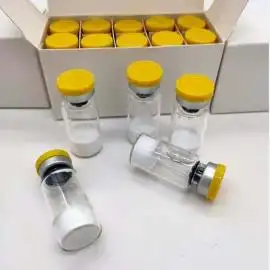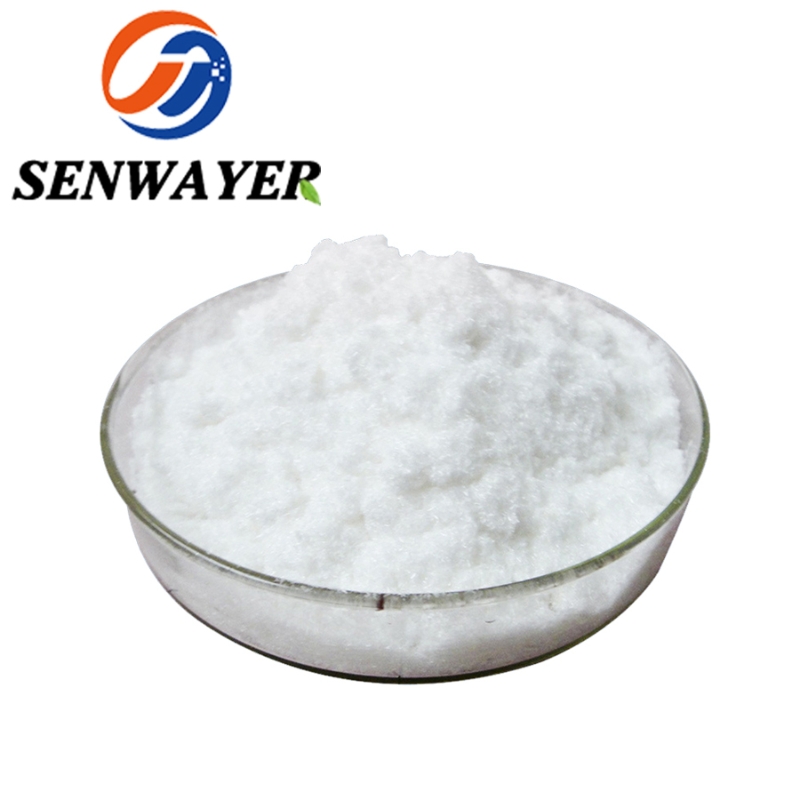-
Categories
-
Pharmaceutical Intermediates
-
Active Pharmaceutical Ingredients
-
Food Additives
- Industrial Coatings
- Agrochemicals
- Dyes and Pigments
- Surfactant
- Flavors and Fragrances
- Chemical Reagents
- Catalyst and Auxiliary
- Natural Products
- Inorganic Chemistry
-
Organic Chemistry
-
Biochemical Engineering
- Analytical Chemistry
-
Cosmetic Ingredient
- Water Treatment Chemical
-
Pharmaceutical Intermediates
Promotion
ECHEMI Mall
Wholesale
Weekly Price
Exhibition
News
-
Trade Service
How much does it cost to develop an innovative drug?
Widely known (and also publicized by the pharmaceutical industry), is the 2016 cost study data for the Tufts University Drug Development Research Center, which amounted to $2.
8 billion
.
When ordinary people see this number, they may have a new respect for the small pills in their hands, and then think about it, even if the price is tens or hundreds, it is not so expensive
.
And this is exactly what the pharmaceutical giants keep proclaiming, that "drug prices must be high enough to make up for the huge costs"
.
Therefore, it is logical to conclude that if drug prices fall, it means that companies cannot afford to develop
new drugs at such high costs.
And if companies cut back on food and drink and reduce R&D investment, then it can be further inferred that future new drugs will either have insufficient efficacy, insufficient safety, a decline in quantity, or an extended time to market, all of which are related to people's health, and even life and death, and policymakers in various countries will never be idle.
As a result, drug prices have become a worldwide problem
.
But is this a fact, or a theory? The defense and challenge of this point is not only a game between pharmaceutical companies and policymakers, but also a focus for academic researchers
.
From another perspective, let's look at the correlation between cost and price
From another perspective, let's look at the correlation between cost and price In a JAMA paper estimating the cost of drug development, the study's lead author, Wouters, an assistant professor in the Department of Health Policy at the London School of Economics and Political Science, put the figure at $1.
3 billion, half as little as Tufts — but still astronomical and not enough to shake the very foundation of the logical chain, namely "drug development is extremely expensive.
"
The same Wouters published a new article
in JAMA again in September.
This time he chose another angle (supposedly one that no one had stepped into before) and came to a conclusion that could deal a fatal blow
to a crucial link in the chain.
The article, entitled "Correlation between R&D investment and treatment costs of new drugs approved from 2009 to 2018" [1], concluded that R&D costs do not explain the difference between treatment costs of 60 sample drugs, in other words, no correlation
between the two is observed.
Wouters argues that the premise that "drug prices must be high enough to compensate for the huge cost inputs" is that the two must be related
.
After all, there is correlation, and it is possible to explore cause and effect
.
This conclusion, of course, is scoffed at by
pharmaceutical companies.
Once the logical chain of drug price rationality is broken, high drug prices can no longer stand, and the future of this trillion-dollar high-tech industry will be bleak
.
However, it is not easy
to refute this conclusion.
How was the study conducted?
How was the study conducted?Wouters clearly understands the drug life cycle, and in his research methodology, there are two points that are quite specialized:
First, compare the cost of treatment, rather than directly comparing drug prices
.
.
In order to calculate the cost of treatment, the researchers divided 60 sample drugs into short-term medication, long-term medication, and periodic medication
.
For the former, the cost of treatment is calculated based on the recommended maximum course of treatment, and for the latter two, the annual cost of treatment
.
The reason why researchers do not directly use the unit price of drugs for comparison, the author understands, although the purpose of the research is to examine the relationship between "R&D investment" and "drug price", but in essence, the relationship
between "R&D investment" and "drug income" (or "the cost paid by society and patients") is to be studied.
After all, the CAR-T of one injection in a lifetime is as high as several million, and hypertension drugs may have a low unit price, but they need to be used
for a long time.
Therefore, just looking at the unit price is not reasonable
.
Second, through modeling, control the influence of
multiple covariates.
multiple covariates.
In the study, the main independent variable was the cost of R&D, while the result was the cost
of standard treatment.
To investigate the correlation between the two, other covariates
that may affect treatment costs must be tightly controlled.
Investigator-controlled covariates include:
1.
Is the drug first in class? 2.
Do drugs benefit from accelerated registration and market path? 3.
Different routes of administration; 4.
Market exclusivity period; 5.
Clinical benefits;
Each of the above factors has a more or less relationship with market competition, which usually affects drug prices
.
The models and statistical methods used in the studies are available in the specific literature
.
Of course, as a research paper published in a serious journal, the researchers also listed a number of inherent limitations:
The sample size is small, only 60 drugs, but this is due to the fact that pharmaceutical companies rarely disclose R&D costs;
In the main study, the list price used to calculate the cost of treatment did not take into account the complex discounts
.
However, secondary studies were therefore also conducted with net price;
Not all covariates, especially the number of competitors, are considered;
There are also deficiencies in the calculation of R&D costs, and it is difficult to attribute the life cycle cost of a drug, because early research is usually aimless;
Boost a new round of games
Boost a new round of games Like Wouters' last R&D cost paper, this paper is bound to attract overwhelming criticism and even criticism from pharmaceutical companies
.
However, pharmaceutical companies are actually facing a trickier situation
.
On August 16 this year, U.
S.
legislation allowed the government's Medicare to negotiate drug prices with pharmaceutical companies, a topic he wrote in a series and discussed in the "Weekend Chats" column
.
As far as the author knows, the United States is the only country in the world's major drug market that does not adopt government-level control of drug prices, that is, not only developing countries, but also Britain, France, Germany, Japan, Canada, etc.
, which belong to the camp of developed countries, are reducing drug prices in different forms, the most common two ways (or a combination of the two) are that, on the one hand, the implementation of "benefit evaluation" and even "cost assessment" under government control of drugs, intended to "cap", on the other hand, in the form of "volume procurement", The state will negotiate drug prices and "exchange prices for quantity"
.
Today, cracks have appeared in the last "fortress" of high-priced drugs, further increasing the uncertainty
of drug prices and the prospects of the pharmaceutical industry.
Wouters was still unfinished, and wrote a few sentences in the "discussion" of the paper, almost with the meaning of "chasing the poor":
"This study fails to explore whether patients will also have fewer treatments if companies invest less.
"
However, "the clinical significance (even if reduced) is not clear"
.
The reason is that "these abandoned drugs are not necessarily more valuable than existing therapies", which is one of them; Second, even if there is some improvement in the efficacy and safety of these unmarketed drugs, this benefit "may be canceled" because "data show that 29% of American patients abandon the drug because the cost is too high", in other words, cheap current therapies (whether because of price reductions or because of generic drug substitution), although slightly less effective, but at least everyone can afford to use it, which is better
than expensive good drugs that no one uses.
Wouters' research attacks the starting point of the logical chain of drug prices (i.
e.
, "the cost of drug development is extremely high"), the key link (i.
e.
, "high drug prices are to compensate for high costs"), and his next step may be to directly hit the end of the chain, that is, even if cost reduction leads to drug innovation being hindered, "so what?" ”
[1] Wouters, O.
J.
, Berenbrok, L.
A.
, He, M.
, Li, Y.
, & Hernandez, I.
(2022).
Association of Research and Development Investments With Treatment Costs
for New Drugs Approved From 2009 to 2018.
JAMA network open, 5(9),
e2218623-e2218623.
J.
, Berenbrok, L.
A.
, He, M.
, Li, Y.
, & Hernandez, I.
(2022).
Association of Research and Development Investments With Treatment Costs for New Drugs Approved From 2009 to 2018.
JAMA network open, 5(9), e2218623-e2218623.







